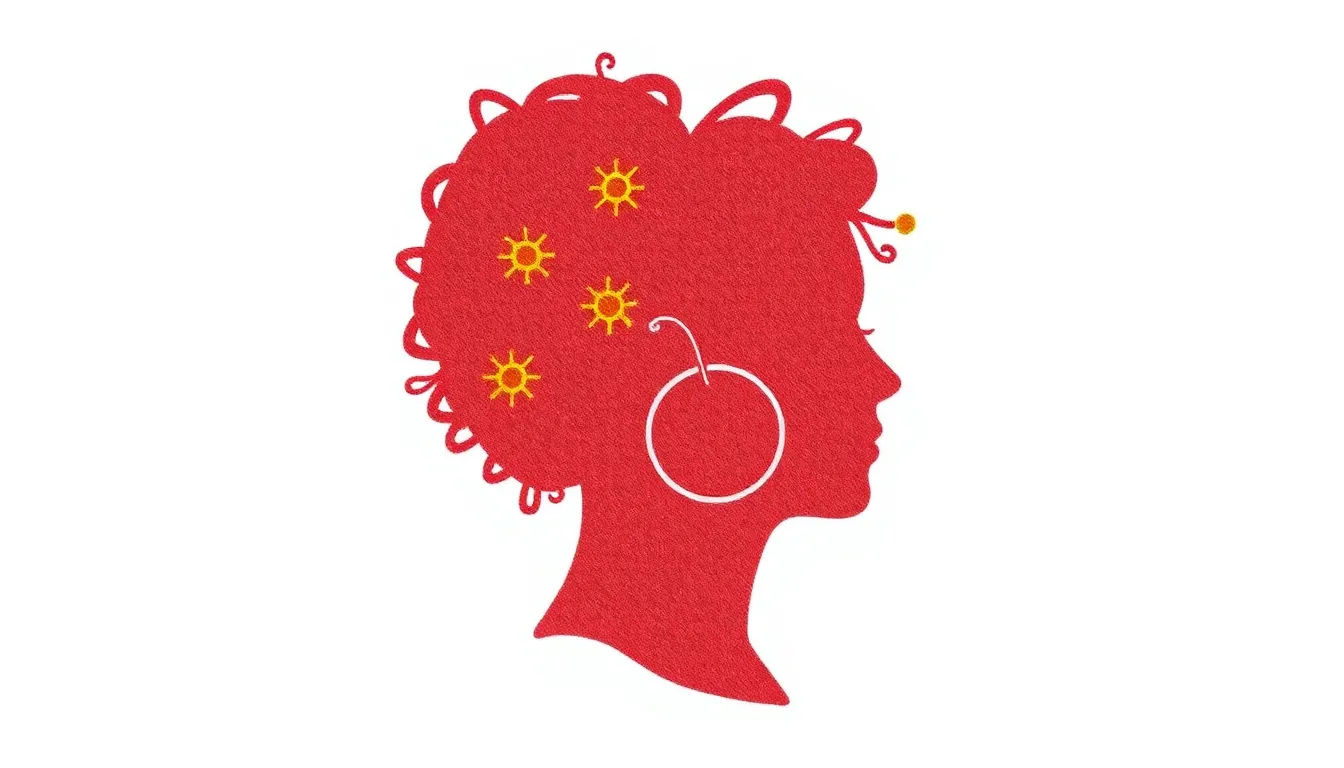Introduction
In navigating the complexities of modern relationships and our internal landscapes, many people find themselves wrestling with feelings of being stuck, overwhelmed, and disconnected. The journey to understanding oneself and one’s relationships is not simply an academic exercise; it requires a fundamental shift in perspective and an unwavering commitment to self-exploration and healing. This article delves into how to bridge the gap between self-awareness and relationship fulfillment while recognizing and addressing underlying trauma.
The Universal Struggle of Feeling Stuck
At some point in life, many individuals encounter the feeling of being stuck. This sense of stagnation can manifest in various life areas, including personal behaviors, thought patterns, and emotional responses. The recognition that this feeling is universal can be liberating. Understanding that many others share similar sentiments often leads to a collective journey of healing, where individuals feel less isolated in their struggles.
The Role of Self-Observation
A critical aspect of personal growth is developing self-observation skills. This practice involves understanding how past experiences influence current feelings and actions. A powerful observation technique utilizes mindfulness—bringing one’s attention to the present moment without judgement. This can be achieved through
- Breath Work: Regularly engaging in breath work can help center the mind and body, allowing for a pause in the chaos of daily life.
- Meditation: Setting aside time for meditation aids in observing one’s thoughts and emotions, fostering an environment for self-discovery.
Understanding Our Emotional Triggers
Emotional triggers—responses stemming from past trauma or unresolved feelings—play a significant role in how individuals react in various situations, particularly in relationships. Recognizing these triggers is essential for fostering healthier interactions. For instance, feeling disregarded by a partner can regress someone to an earlier emotional response, where they may react defensively instead of communicating needs clearly. This cycle can be broken by:
- Naming the Trigger: Acknowledging what affects you emotionally allows for more conscious responses in challenging situations.
- Taking a Timeout: In moments of heightened emotion, stepping away to breathe and recalibrate can prevent escalation.
The Importance of Boundaries
Establishing healthy boundaries in relationships is vital for emotional security. Boundaries help define personal needs and protect individual well-being:
- Saying No: Learning to say no is crucial for self-preservation. You don't have to apologize or provide extensive excuses when declining requests. Simple statements like "I can’t make it this time" can foster respect for your boundaries.
- Understanding That No Is Okay: Educating oneself that saying no does not equate to hurtful intentions can alleviate guilt associated with making that choice.
The Impact of Parenting Styles
Childhood experiences significantly shape emotional responses and relationship dynamics in adulthood. The styles of parenting that individuals are exposed to can contribute to their sense of self-worth and coping mechanisms.
- Parental Denial: When parents dismiss a child’s feelings or reality, it can lead to long-term issues in emotional regulation and self-acceptance.
- Vicarious Living: Parents who project their unfulfilled aspirations onto children can create pressure, hindering the child’s own developmental autonomy.
Creating Intentional Relationships
As adults, many grapple with the transition from romanticized partnerships to the reality of intimacy with another person. It is common to mourn aspects of single life while juggling the realities of shared living. A few essential pointers can guide this transitional phase:
- Communicate Needs Clearly: Open dialogue about personal needs is vital for mutual understanding and respect in a relationship.
- Personal Space: Recognizing the necessity for alone time can foster a refreshing sense of interdependence rather than codependence.
Navigating Trauma
Healing from trauma often requires a multi-faceted approach that encompasses:
- Self-Awareness: Acknowledging trauma is the first step in creating change. Owning one’s narrative allows individuals to rise above their circumstances.
- Therapeutic Techniques: Utilizing therapy, creative outlets, or community support can offer tools to manage trauma effectively.
- Body Awareness: Practicing body awareness, recognizing where trauma manifests physically, allows for a holistic approach to healing.
Conclusion
The journey of self-healing and relationship building is nonlinear and requires patience, understanding, and practice. By fostering self-observation, communicating needs, and establishing healthy boundaries, individuals can navigate their emotional landscapes more effectively. Relationships do not have to epitomize perfection, but rather evolve into spaces for mutual growth, understanding, and healing.
Embrace the journey with compassion for both yourself and those around you, and recognize the profound impact that connection—and the pursuit of understanding—can have in your life.




